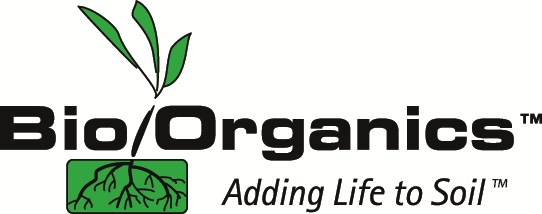QUESTION: Are there specific types of mycorrhizal fungi for specific plants?
While there is very much left to be learned about these beneficial fungi, we are of the opinion that
they are far more soil-specific than plant-specific. Within a given soil ecosystem, the various plants
are generally interlinked by the same type(s) of fungi and become a community, rather than each
plant hosting its “own” fungus partner.
It has also been observed that many long-term plants will have multiple types of mycorrhizal fungi
on their roots during their early seedling stages, and then other types will be present as the plant
matures. No one really knows why, but it could be speculated that the plant’s needs change with
growth. In any event, it is definitely not as simple as a plant matching up with a fungus specific to
that type of plant.
If you truly wish to look for a match between a mycorrhizal fungus and a plant, I might suggest trying
to identify which fungi are present on the roots of the plants in the natural setting where they will be
outplanted. DNA analysis would be needed, as very few of the fungi types can be properly identified
visually. But, note that you are likely to find multiple types, and that the types will have made local
adaptations. A very complex situation to sort out.
This is why we include seven widely-adapted types of fungi spores in our inoculants - Glomus brasilianum,
G. clarum, G. deserticola, G. intraradices, G. monosporus, G. mosseae, and Gigaspora
margarita - because we feel it is impossible to predict which type will match up with a particular
soil/plant/climate situation. Ideally, we would have regional inoculants which would further improve
the odds, but this level of propagation is not yet available.
When making recommendations to customers, we tend to follow the advice of Dr. Robert Linderman
of the USDA’s Horticultural Research Laboratory. He is widely published and generally regarded
worldwide as a leading authority on VAM fungi. Many of his articles are available on the web.
All this is not to say that we cannot begin using these beneficial organisms right now to produce
food crops and sustain ornamental plants. The fungi’s overall potential value to mankind is enormous.
However, we do advise all growers to do smaller scale tests to verify that the types of fungi
in our inoculant (or any inoculant) works for their specific situation. If so, they can then convert to
clean sustainable biological growing methods. If not, I would suggest they not give up on the idea,
but continue exploring other inoculant options that will certainly be coming on the market in the near
future.
Got a match?
Don Chapman
BioOrganics, Inc.
www.bio-organics.com
Aug., 2001
